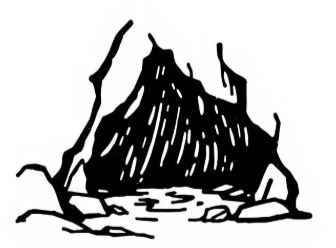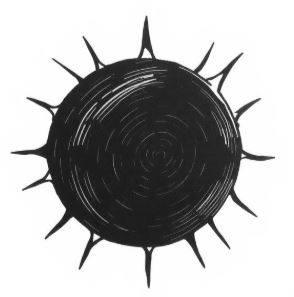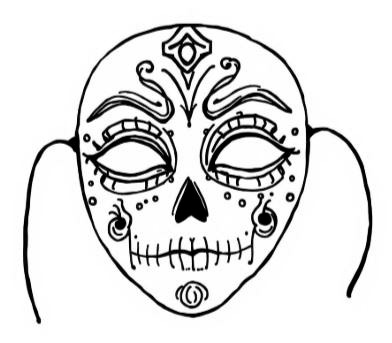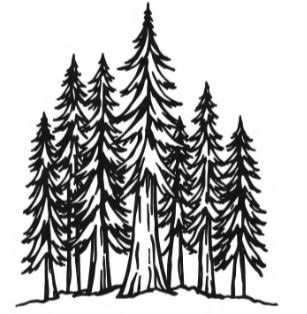One quote that’s been inspiring me lately is by Rumi:
“The wound is the place where the light enters you.”
As we get closer to the shortest day of the year, the December solstice or Yule, everything feels so connected to the idea of shadows and darkness.
This post is about looking at the parts of ourselves we might normally ignore: our fears, our struggles, and the hidden parts of who we are. Just like Rumi’s quote says, those “wounds” or shadowy places in us can actually be where healing and growth begin.
The Duality of Darkness
“Light from the Darkness”: Paul Nash’s Genesis (1924 - Public domain)
First off, darkness isn’t just “the absence of light.” Darkness is where potential begins: it’s the void, the womb, the mystery of what’s yet to come. Shadows themselves remind me of the balance between light and dark. You can’t have one without the other!
It’s like they’re partners in this cosmic dance. The Yin-Yang symbol nails this idea, showing how light and dark are always in a dynamic relationship. When I think of shadow work, this duality becomes a metaphor for integrating those “darker” parts of ourselves—the hidden, the rejected, the mysterious.

Yin-Yang gif from Giphy
Symbols of Shadows and Darkness
Besides the classic Yin-Yang ![]() , I’ve been researching how different symbols can represent shadows and darkness. Some of my favorite symbols include:
, I’ve been researching how different symbols can represent shadows and darkness. Some of my favorite symbols include:
The Raven: A classic symbol of mystery and transformation. Ravens always feel like messengers from the other side, reminding us to embrace change and trust the unknown.
The Crescent Moon: Such a simple but profound reminder of cycles and renewal. Darkness isn’t permanent; it’s part of the flow.
Caves: I see caves as sacred spaces where the spiritual meets the physical. They’re shadowy places where you face fears and emerge transformed—kind of like the ultimate metaphor for shadow work.
Eclipse: The sun obscured by the moon represents the interplay of light and shadow, often symbolizing dramatic transformation or hidden truths emerging.
Masks: Used in various cultural rituals and performances, masks obscure identity and create a sense of shadowy ambiguity. They are often associated with secrecy, duality, or deception, allowing wearers to embody different personas or spirits.
Dark Forests: Dense, shadowed woods are classic symbols of mystery, danger, and the journey into the unknown. Frequently appearing in myths and fairy tales, they represent the challenges and transformations encountered when venturing into uncharted territories.
Even objects like mirrors and obsidian feel deeply tied to this theme. Mirrors are about self-reflection (literally and figuratively), and obsidian? That volcanic glass is all about grounding and facing your inner truth.
Shadow Work: Facing the Unseen
Speaking of shadow work, this topic wouldn’t be complete without mentioning Carl Jung’s concept of the “shadow self”. It’s about digging into the parts of ourselves we suppress or deny, which, let’s be honest, can be uncomfortable.
Shadows aren’t scary—they’re just the parts of us waiting to be understood and embraced. It’s not about banishing the dark but learning to work with it, to make it an ally.
See also:
- Guiding Light in Darkness: Winter Solstice Tarot Spread
- 11 Goddesses of Darkness: Spirits of the Dark
I’d love to hear how you all work with this energy! Do you have a favorite shadowy symbol or practice? How has shadow work or connecting with the “dark” side of things shaped your path? ![]()
![]()







